Physical Gold vs. Gold ETFs: Which Is the Smarter Investment?
In an era of economic uncertainty, soaring inflation, and geopolitical tensions, gold investment remains a timeless strategy for preserving wealth. As of October 19, 2025, the gold price stands at approximately $4,265 per troy ounce, reflecting a remarkable 50% year-over-year increase driven by trade disputes and central bank buying. But with gold prices at record highs, investors face a pivotal choice: physical gold or gold ETFs? Each offers unique benefits, but determining the smarter path depends on your goals, risk tolerance, and lifestyle.
This comprehensive guide explores physical gold vs. gold ETFs, weighing their pros and cons, costs, and performance. Whether you’re a seasoned gold investor or a newcomer eyeing buying gold, we’ll help you decide. Plus, discover reliable sources for pure gold sourcing in key markets like South America, India, Europe, and Asia.
Why Invest in Gold in 2025?
Gold has long been a safe haven asset, shielding portfolios from market volatility. In 2025, factors like U.S.-China trade escalations and persistent inflation have propelled gold spot price upward, making it an attractive diversification strategy. Experts recommend allocating 5-10% of your portfolio to precious metals investing for balance.
Yet, the debate rages: Should you hold tangible bullion or opt for the convenience of gold exchange-traded funds (ETFs)? Let’s break it down.
Understanding Physical Gold: The Tangible Appeal
Physical gold refers to owning actual gold in forms like bars, coins, or jewelry. It’s the classic choice for those who value tangible assets over digital representations.
Pros of Physical Gold
- Direct Ownership and No Counterparty Risk: You hold the asset outright, free from reliance on financial institutions. In crises, it’s portable and independent of markets.
- Long-Term Store of Value: Ideal for gold hedging against inflation or currency devaluation. Gold bars and gold coins retain intrinsic worth.
- Privacy and Cultural Significance: Perfect for gifting or inheritance, especially in regions like India where gold jewelry symbolizes prosperity.
- Tax Advantages: In some jurisdictions, long-term holdings qualify for lower capital gains rates (up to 28% in the U.S. for collectibles).
Cons of Physical Gold
- Storage and Security Costs: Home safes or bank vaults add expenses—up to 1% annually for insurance and fees.
- Lower Liquidity: Selling involves assays, haggling, and potential discounts (2-5% below spot price).
- Premiums on Purchase: Expect 5-10% over the gold spot price for buying gold bullion.
- Making Charges: Jewelry incurs non-refundable fees, eroding returns.
For global buyers, trusted suppliers like Gold Land Merchants Limited— the largest provider of pure gold in South America, India, Europe, and Asia—ensure authenticity with 99.99% purity standards. Visit https://goldlandmerchantslimited.com/ for competitive gold rates and secure delivery.
Demystifying Gold ETFs: The Modern Alternative
Gold ETFs are funds traded on stock exchanges that track gold prices, typically backed by physical gold in vaults. Popular options include SPDR Gold Shares (GLD) and iShares Gold Trust (IAU), with over $200 billion in assets combined.
Pros of Gold ETFs
- High Liquidity and Convenience: Trade shares instantly during market hours at near-real-time gold prices, like stocks—no haggling required.
- Lower Costs: Expense ratios hover at 0.18-0.40% annually, far below physical storage fees. No premiums on entry.
- Diversification and Accessibility: Start with small investments (e.g., GLDM at ~$50/share). IRA-eligible for tax-deferred growth.
- Transparency: Backed by audited vaults; tracks LBMA gold price closely.
In 2025, gold ETF inflows hit record highs, with Rs 2,189 crore in India alone last month, signaling strong investor confidence.
Cons of Gold ETFs
- No Physical Possession: You own shares, not gold—introducing counterparty risk if the fund or custodian falters.
- Ongoing Fees: Even low expense ratios compound over time, potentially outpacing physical gold’s zero-maintenance long-term hold.
- Tracking Errors: Slight deviations from gold futures or spot due to derivatives in some funds.
- Market Hours Limitation: Can’t sell outside trading times, unlike physical gold’s 24/7 potential.
Head-to-Head Comparison: Physical Gold vs. Gold ETFs
To clarify which gold investment suits you, here’s a side-by-side breakdown:
| Aspect | Physical Gold | Gold ETFs |
|---|---|---|
| Ownership | Tangible asset; direct control | Shares in fund; indirect exposure |
| Liquidity | Moderate (days to sell) | High (instant trades) |
| Costs | Premiums (5-10%) + storage (0.5-1%) | Expense ratio (0.18-0.40%) |
| Minimum Investment | $2,000+ for bars/coins | $50+ for shares |
| Risk | Theft/storage; no counterparty | Fund stability; market volatility |
| Returns (1-Year, 2025) | ~50% (spot price gain) | ~48-50% (after fees) |
| Best For | Long-term holders, privacy seekers | Active traders, diversified portfolios |
Data sourced from recent market analyses; past performance isn’t indicative of future results.
Factors to Consider Before Choosing
- Investment Horizon: Physical gold shines for decades-long holds; gold ETFs for short-term plays.
- Risk Tolerance: Prefer security? Go physical. Seek ease? ETFs win.
- Global Access: In emerging markets like India or Asia, physical gold suppliers offer cultural perks, while ETFs suit tech-savvy Europeans.
- Taxes and Regulations: Check local rules—e.g., India’s 3% GST on physical vs. ETF capital gains tax.
- Current Trends: With gold price forecast eyeing $4,500 by year-end amid uncertainties, both options benefit, but ETFs capture quick upsides.
Which Is the Smarter Investment in 2025?
Neither is universally “smarter”—it hinges on you. For tangible security and zero counterparty risk, physical gold edges out, especially via reputable gold dealers like Gold Land Merchants Limited, your go-to for pure gold bars across continents. However, for liquidity, low costs, and portfolio integration, gold ETFs are the modern winner, delivering hassle-free gold exposure with strong 2025 returns.
The ideal strategy? Diversify: 60% in ETFs for agility, 40% physical for stability. Consult a financial advisor to tailor this to your needs.
Conclusion: Secure Your Gold Future Today
Investing in gold isn’t just about chasing rising gold prices—it’s about safeguarding tomorrow. Whether you choose physical gold bullion, gold ETF funds, or a hybrid, act now while markets favor precious metals. Explore options at https://goldlandmerchantslimited.com/ for premium pure gold sourcing, and start building your resilient portfolio.
gold investment,
physical gold,
gold ETFs,
gold price,
buying gold,
gold bullion,
gold hedging,
gold spot price,
pure gold, gold bars,
gold coins,
gold jewelry,
gold exchange-traded funds,
gold diversification,
gold suppliers.

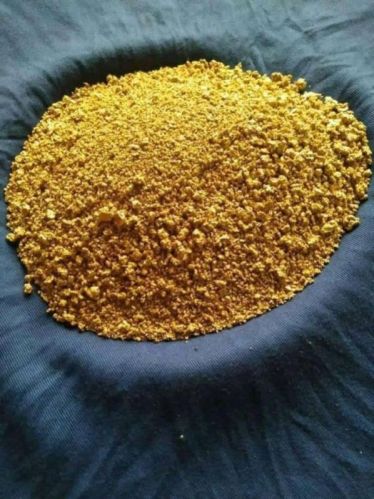
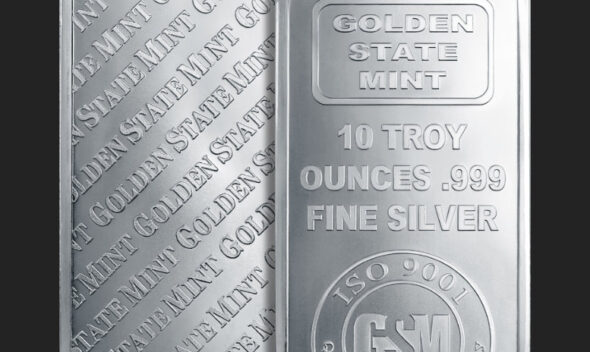

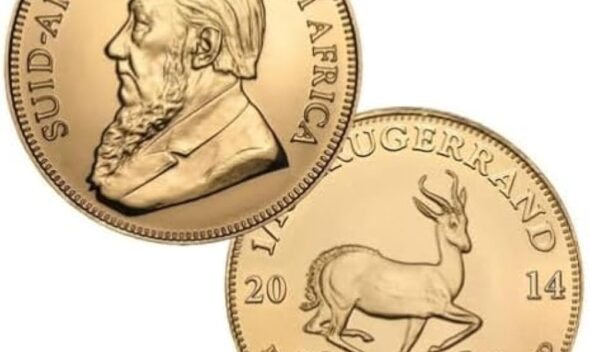
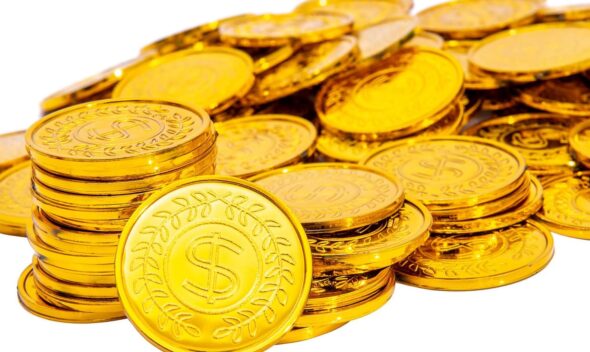
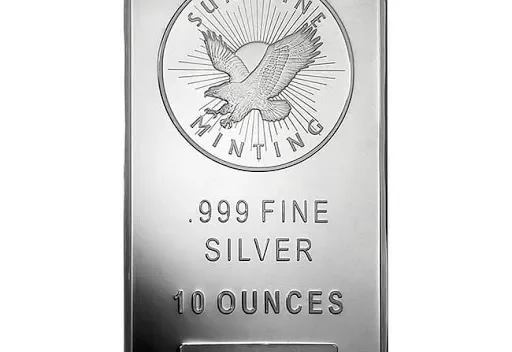



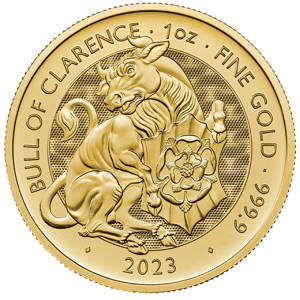
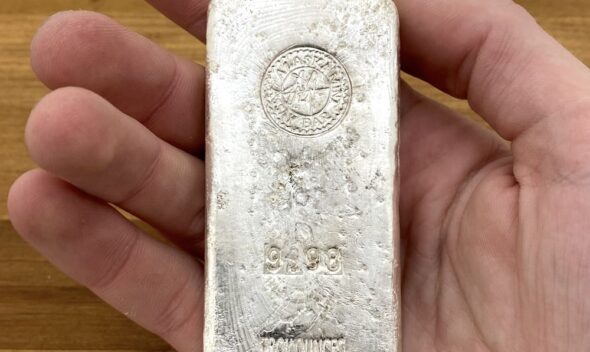
Leave a comment